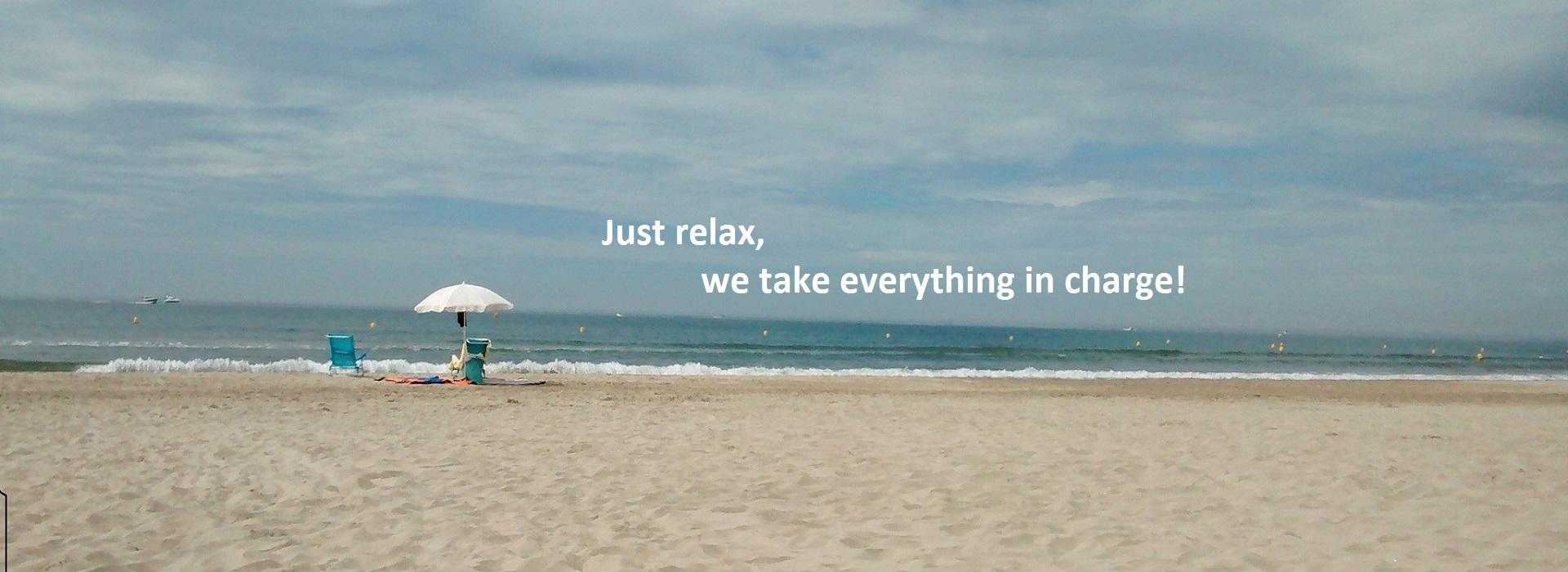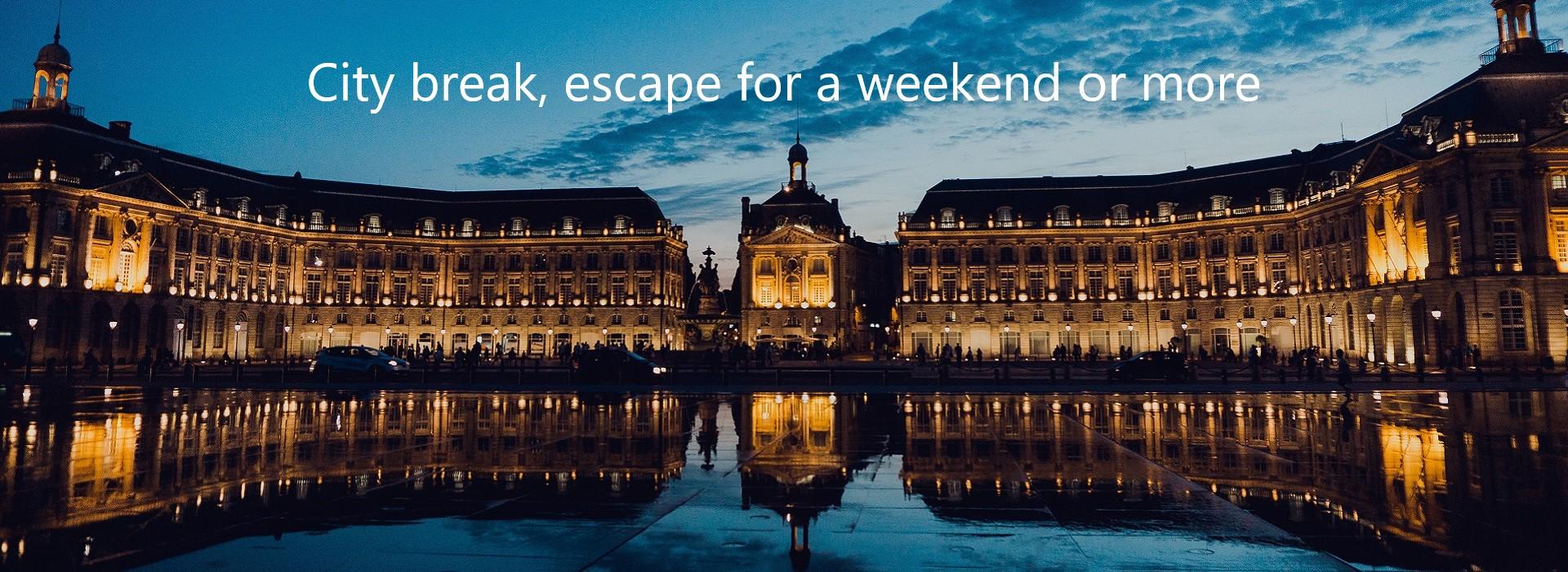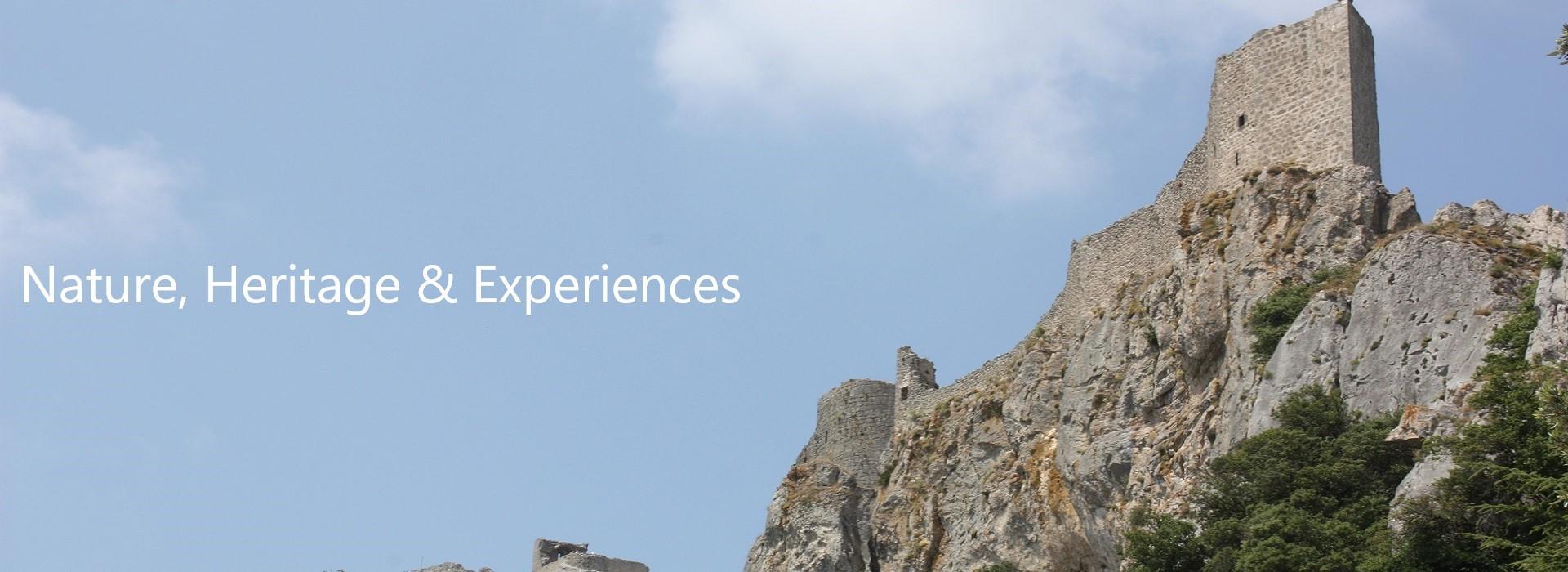Time for a trip to Sète, Home of traditions and sailboats

2018 promises to be a fun and action-packed year! Among the highlights marking the early part of the year, there is one coinciding with the arrival of Spring and warmer days (yes, I know that at the time of writing we are forecast almost Arctic temperatures ...).
In short, with the return of good weather and sunshine, why not start thinking about getting out of doors? If you like sea air, shimmering facades, a taste of the sea and, above all, boats, why not come with us to the port of Sète?Between the famous Thau Lagoon and the Mediterranean Sea, Mount St Clair rises 175 meters above sea level. This ancient island is now linked to the Mediterranean coast by a spit. Known since ancient times as a landmark for navigators, the "Singular Island", as Paul Valéry called it, became an actual port only in 1666. To accommodate the waters of the Canal du Midi, the canals and port of Sète were restructured during the reign of Louis XIV, according to designs by Jean-Baptiste Colbert, the Chevalier of Clerville and, above all, the main protagonist of the History, our friend Biterrois Pierre Paul Riquet. But as you will have gathered (especially from reading), Sète is, first and foremost, a story about water.

Indeed, Sète is a Mediterranean port with an area dedicated to fishing (mainly tuna), an area for leisure boats and, most important of all, a commercial zone. The main port and its St Louis pier, boasting a lighthouse, are the link between the modern, small marina and the canals that cross the city. Thanks to its many channels,
Southerners affectionately call Sète the little "Venice of Languedoc ". It is also because of its access to the sea and its multiple waterways that the port gained strategic importance during the 19th century for the wine trade. Thanks to the railway and its connection to the Canal du Midi and the Canal du Rhône at Sète, the port became not only an essential link for boats loaded with precious wine, but also a port whose fishing activities continued to expand so that the town developed further, along Haussmann lines. Can you find the dolce vita in Sète? For sure, because the legacy of all this splendor is a truly charming city.
And then, going further up the canals, we reach another major fishing area, where there is also oyster farming: Thau lagoon.
The pond provides the fishermen and oyster farmers of Sète, Balaruc, Bouzigues, Loupian, Mèze and Marseillan with a livelihood ... The area where Sète district overlooks the pond is called Pointe Courte, and the traditions and little houses of the fishermen are still found here. Brassens also paid tribute to the lagoon and to his friends in his famous song Les Copains d'abord [Friends come first] (friends, the great duck pond ... got it? No, so listen to it again!!).

However, Sète is not just a port situated between the lagoon and the Mediterranean Sea ... Sète also stands for gastronomy with its macaronade, its renowned “tielle” and the flavors of the oysters from the lagoon (irresistable when washed down with a glass of Muscat de Frontignan). Sète is also a port with many traditions, and what better example of this could there be than the famous Languedoc Jousting. It is traditional for lagoon and sea fishermen to battle each other in August during the Saint Louis festivities.
On red or blue boats, the teams challenge each other. Eight to ten crew members handle the oars while, on a small raised area at the front, the two captains armed with a wooden shield and a spear also made of wood attempt to knock each other into the waters of the Royal Canal, the main channel crossing Sète. These Languedoc jousts originated in the 13th century. Today, they are popular events with the citizens of Sète who crowd along the quays to support their favorite team. The jousts at Sète are the best-known, but similar events also take place at Palavas, Agde, Marseillan, Le Grau du Roi, etc...

One Sète tradition, entitled Escales à Sète, is very recent. Begun in 2010, it takes place every two years and allows onlookers and boatlovers alike an opportunity to admire beautiful sailboats. The first edition already attracted 10,000 visitors. For 2018, the Ile Singulière festival has splashed out on the luxury of a replica of the Hermione, the frigate commanded by the Marquis de Lafayette.
This frigate, more manage than other ship, enabled the Marquis de Lafayette to reach the Americas to lend a hand to insurgents fighting against the English. In 1997, at the port of Rochefort, a crazy project was launched aiming to recreate a (somewhat more modern) replica of this great ship. Having been at the port of Rochefort to visit the Corderie Royal and having seen the reconstruction of the Hermione underway, it is thrilling to think that this wooden hull, then still under construction in its immense workshop, is now afloat on the seas... and will be on view at Sète.
Whilst the Hermione is the guest of honor, it is nonetheless accompanied by other great tall ships such as the Krusenstern, the Shtandart, El Galeón and even La Grâce (to name but a few)... The presence of these tall ships is an indication of how important this festival is, not only for the port, but also for the town. It is true that, apart from this regular event, the city of Sète hides some other treasures that could be of interest to you.
It is a fact that ambling along the harbour, with its views of fishing and pleasure boats, is even more pleasant if one takes the time to appreciate the shimmering colors of the facades of the houses, to listen to the lilting accent of the inhabitants of Sète or simply just to watch life go quietly by before your eyes. Or you could follow us as we go to sniff out the delicious smells of nice, hot "tielles" or oysters at the market...
And if you want to enjoy the most beautiful views of the port, come with us to the top of Mount St. Clair...

"Tielles" are a typical specialty of Sète.
Your sojourn in Sète, or rather around the Thau Lagoon, will certainly not be lacking in interest because there is so much to see and do: numerous oyster tastings, ponds, fishing village traditions or the remains of the Gallo-Roman villa in Loupian to discover, or why not sample the famous dry Muscat Frontignan...
So, if you like what the sound of Sète, we'll see you between 27 March and 2 April 2018 for the Escales de Sète, and if you prefer to go there at some other time of year, the GuideSud team will be happy to take you there!
Discover our journey in Sète!




